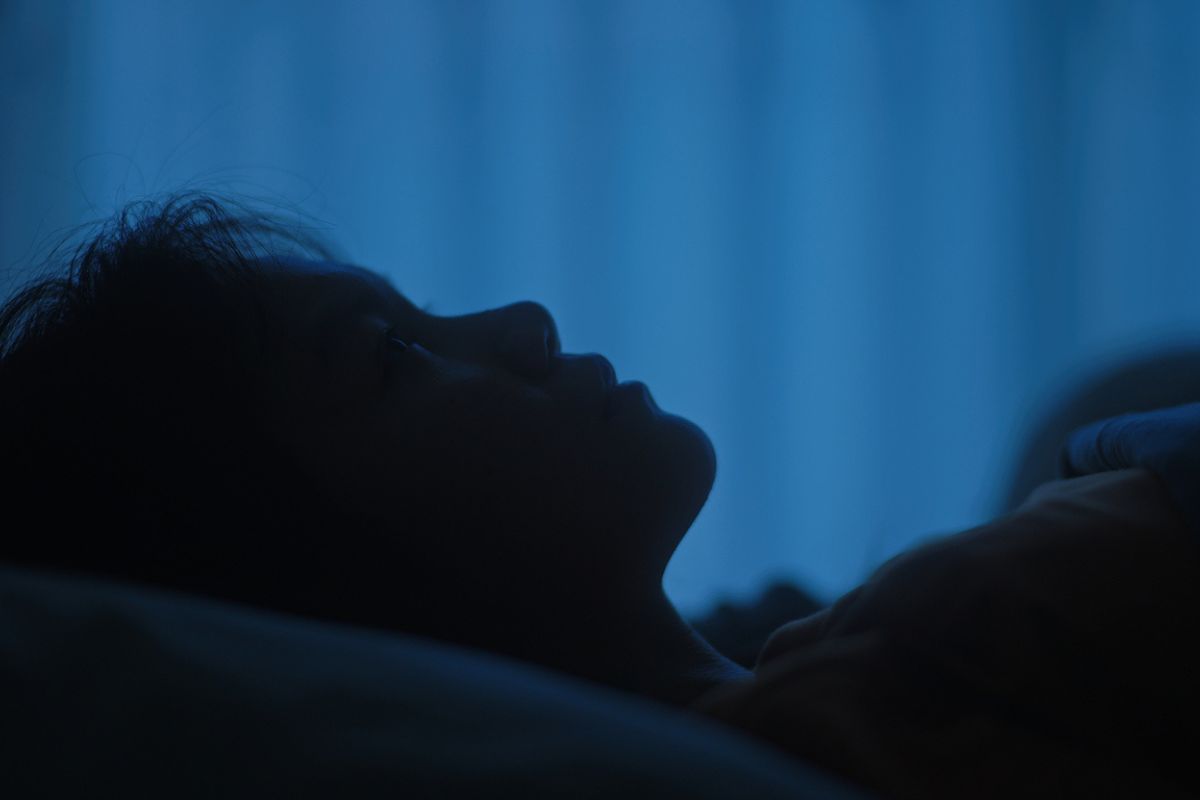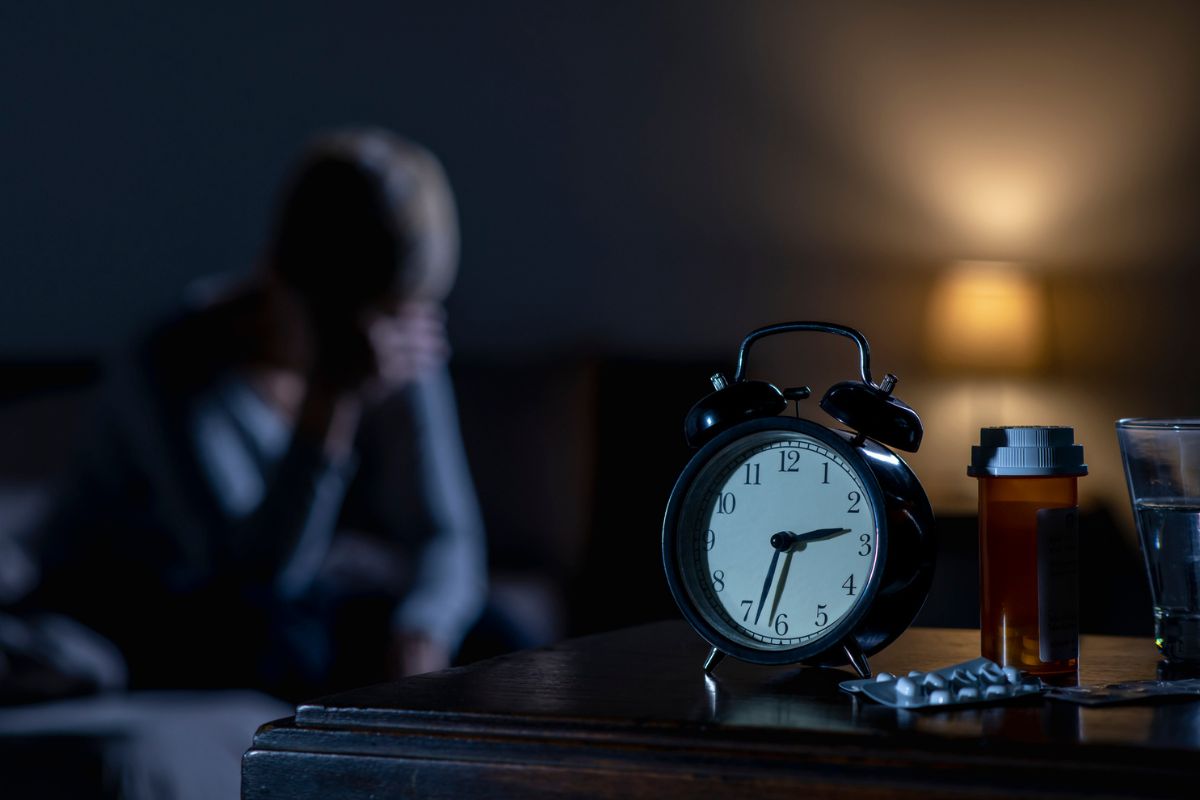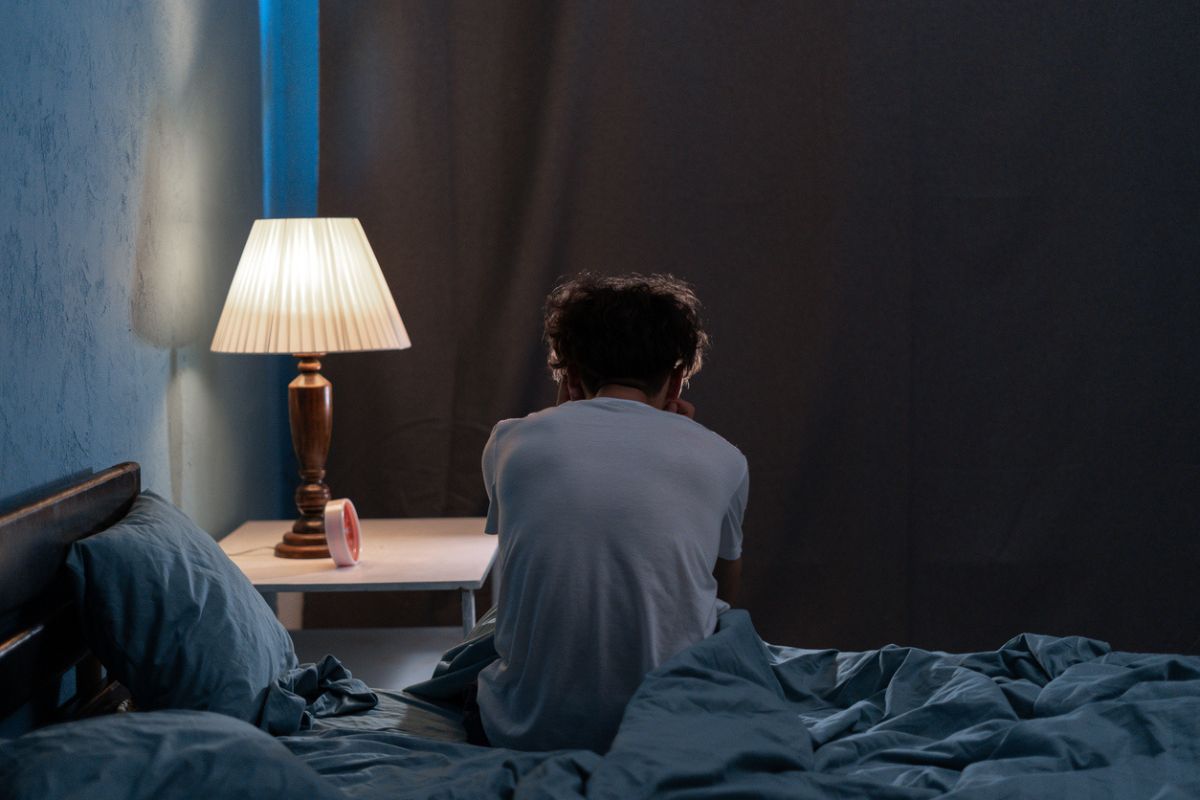How often have you heard (or told someone) to just sleep on it in the face of a major life decision? Or how many times have you been sound asleep, sat upright, pulled to your senses by a sudden revelation or moment of inspiration?
Now, a new study, appearing in PLOS Biology, suggests that a specific phase of sleep – known as N2 – can dramatically boost your chances of an “aha” moment.
Methodology
Researchers from Universität Hamburg and the Max Planck Institute for Human Development wanted to better understand how the different stages of sleep influence our thought processes.
Decades of research have produced conflicting results. Some studies have suggested that light sleep (N1) can help. While others have argued that it doesn’t make much of a difference. So, this team of university researchers took a closer look at the effects of a short, 20-minute daytime nap.
The approach they took was a simple (if creative) one. The researchers trained 90 participants on a visual task that involved clouds of colored, moving dots. At first, the correct answers were linked only to the direction the dots moved. But halfway through a session, the task shifted. The color of the dots started predicting the correct answer, too.
But the researchers didn’t tell the participants ahead of time. If they figured it out on their own, it meant they’d had a moment of insight.
After completing the first half of the task, the researchers invited the participants to take a nap, where the team monitored the subjects’ brain activity. Some of the study participants stayed awake. Others fell into a light slumber (N1). And the remaining participants slipped into a deeper N2 sleep.
After, once the participants got back to the task, the study’s authors could see who’d picked up on the hidden color twist.
A Wake-up Call
The results upended expectations. More than 85% of deep sleepers identified the hidden rule after their nap. That’s compared to just 63.6% of the cat nappers group and 55.5% of those who stayed awake.
The researchers launched the study with the expectation that the short nap would prove to be the most beneficial.
But these insights were more than brief flashes of brilliance. The participants who enjoyed the moment of clarity showed sharp, obvious improvements in task performance, especially on the most difficult trials. On average, they jumped from 62% to nearly 88% accuracy within just 15 trials.
But the sleep stage didn’t serve as the only indicator. The researchers also investigated the quality of brain activity during the nap, looking specifically at aperiodic neural activity. Unlike the more commonly studied brainwaves, aperiodic activity reflects the brain’s overall excitability and balance of neural signals. The steeper the “spectral slope” of this activity, the more likely a participant was to have a breakthrough.
Ultimately, spectral slope predicted insight even better than sleep stage alone. This, the authors contend, hints at a deeper connection between neural regularization and our capacity for insight. It echoes theories from machine learning, where simplifying a model can elicit sudden surges in performance.
Moving Forward
While the authors acknowledge that these study’s results don’t prove causation, they point out that it does (strongly) suggest that certain kinds of rest craft the best conditions for insight. The results also challenge earlier claims that lighter N1 sleep is more effective at spawning creative breakthroughs.
The authors insist on the need for more research, perhaps with a focus on more extended sleep periods and a wider range of tasks.
That being said, the authors point to the potential ramifications. Not all naps are created equal. And the difference between a mental block and a sustained burst of inspiration might hinge on just a few extra minutes of deeper sleep.
Further Reading
Poor Sleep Linked to Mental Health Issues Through Brain Deficits
How Magicians Illuminate the Science of Creativity and Mental Health



